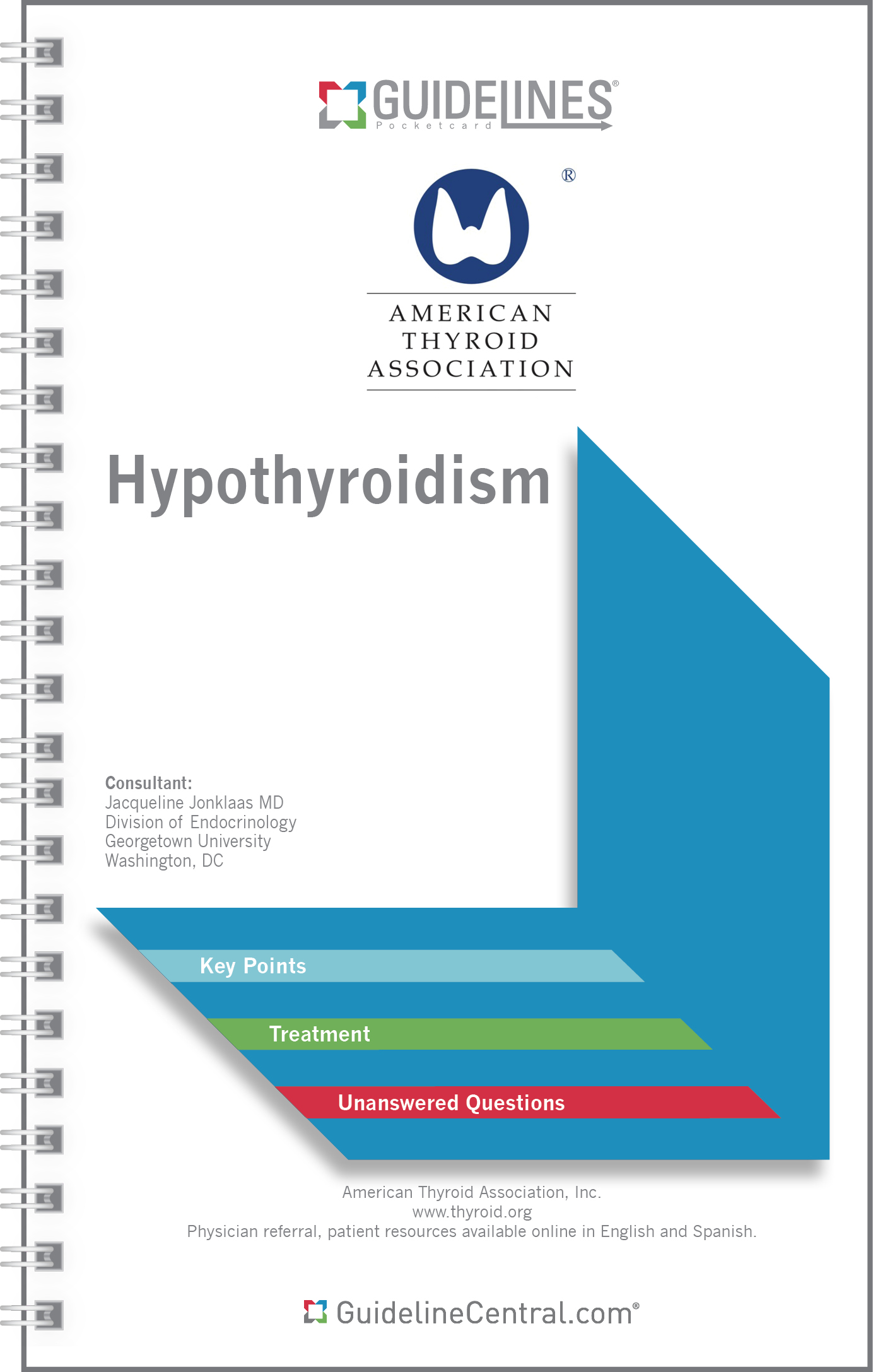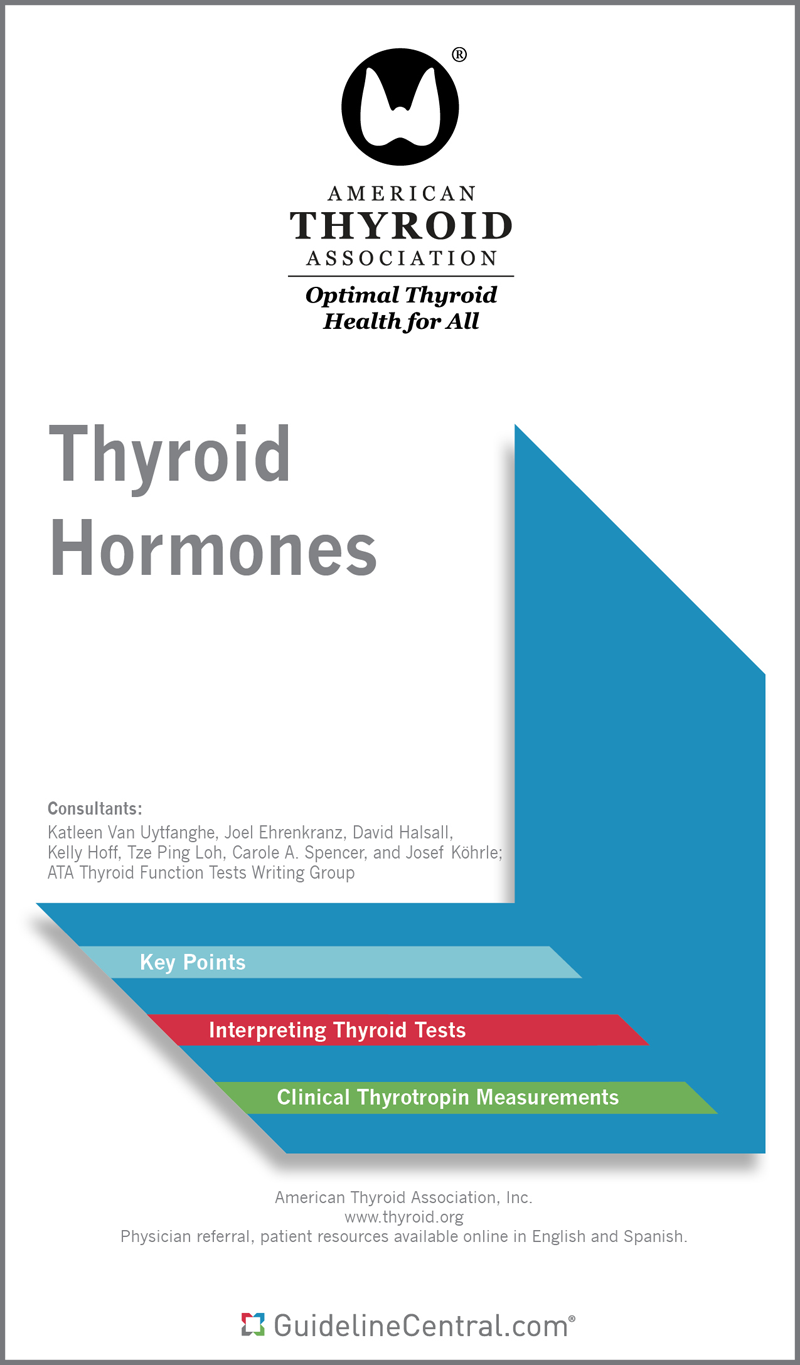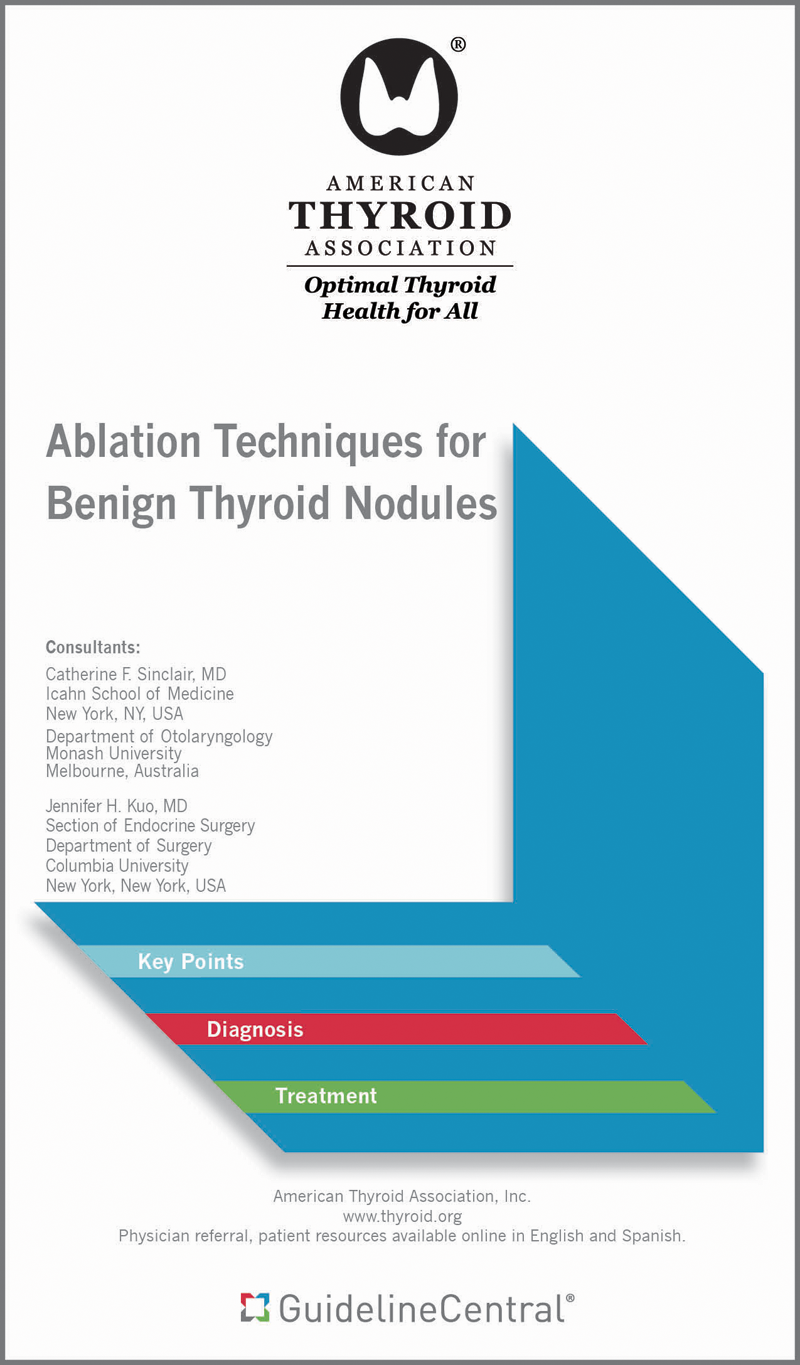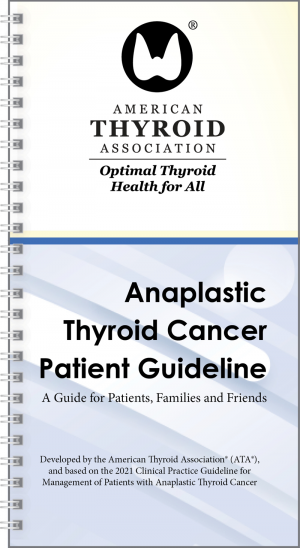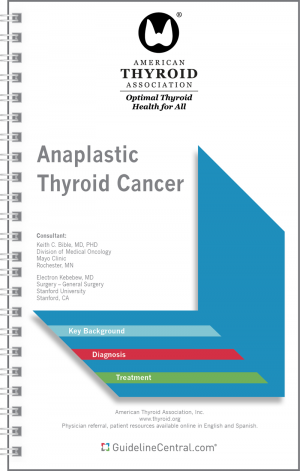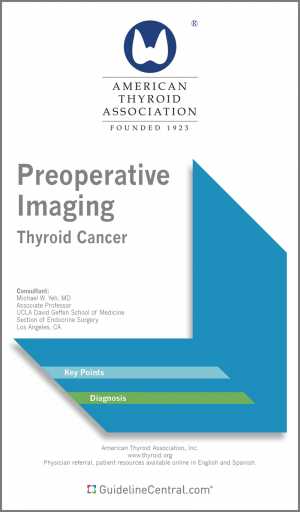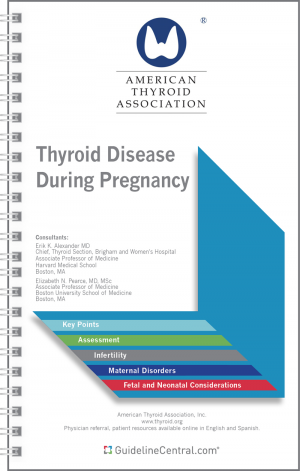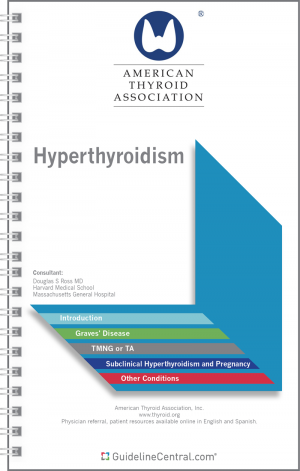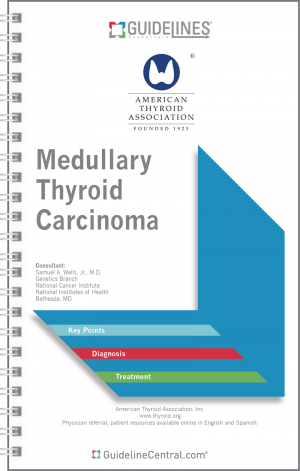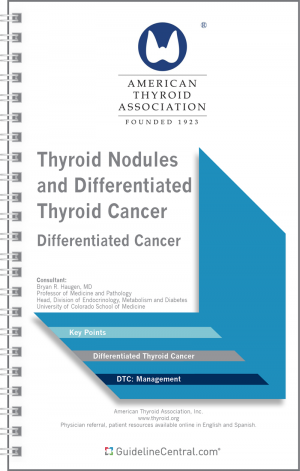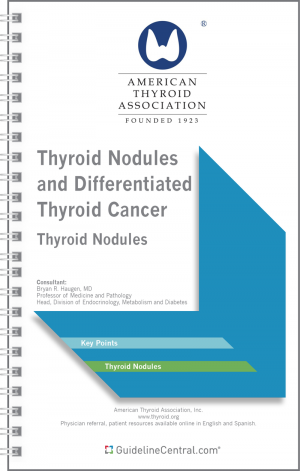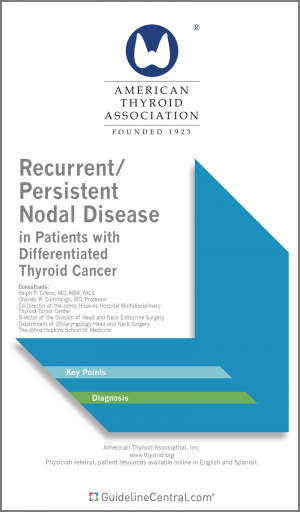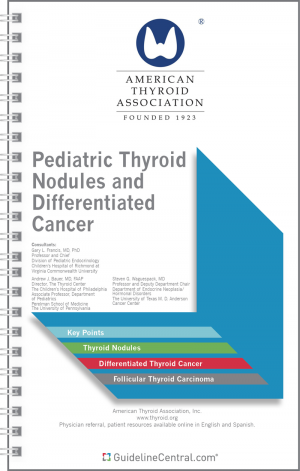Hypothyroidism
- 16 pages
- Spiral Bound
- 80# Aqueous Coating
- 4.25" x 7.25"
- Ships in 5 – 10 business days
- Key Points
- Levothyroxine Therapy
- Hypothyroidism in Pregnant Women, Infants, and Children
- Secondary Hypothyroidism
- Levothyroxine in Euthyroid Individuals
- Therapies Other Than Levothyroxine Alone
- Hospitalized Patients
- Myxedema Coma
- Use of Thyroid Hormone Analogs
- Ethics Framework
- Unanswered Questions
- Tables
- Thyroid Hormone Preparations
- Medications Potentially affecting Levothyroxine Dose Requirement
- Potential Concerns About Long-Term Combination Therapy
- For purchases under 100 in quantity, we suggest placing the order directly through the website.
- We offer group/institutional licenses for multi-user accounts (discount amount varies depending on the number of users).
- We are proud to offer special discounts to medical schools, training programs, students and more.
- We offer bulk purchase discounts based on number of copies and number of titles.
Contact Us for more details
Description
This resource is for informational purposes only, intended as a quick-reference tool based on the cited source guideline(s), and should not be used as a substitute for the independent professional judgment of healthcare providers. Practice guidelines are unable to account for every individual variation among patients or take the place of clinician judgment, and the ultimate decision concerning the propriety of any course of conduct must be made by healthcare providers after consideration of each individual patient situation. Guideline Central does not endorse any specific guideline(s) or guideline recommendations and has not independently verified the accuracy hereof. Any use of this resource or any other Guideline Central resources is strictly voluntary.
You can also find this product included in this bundle!
